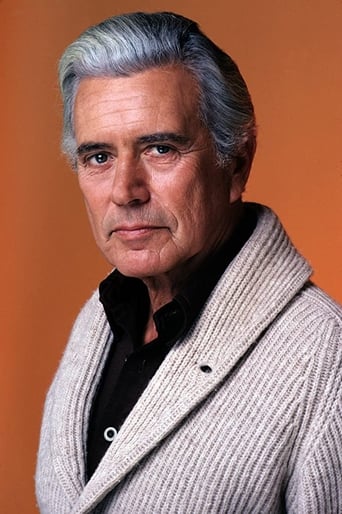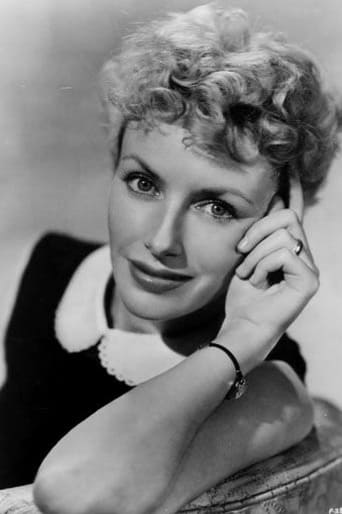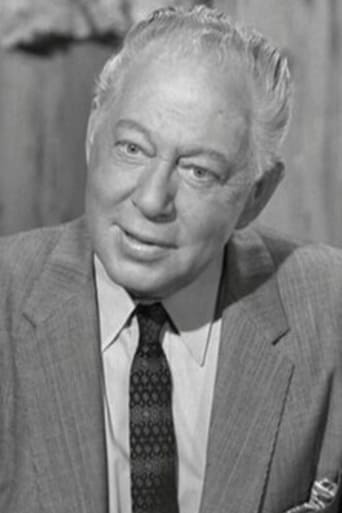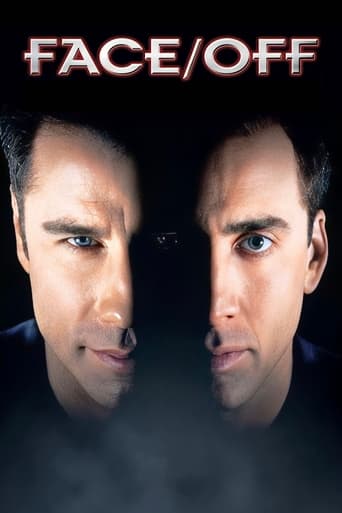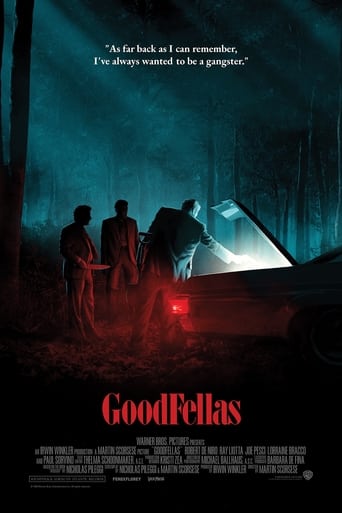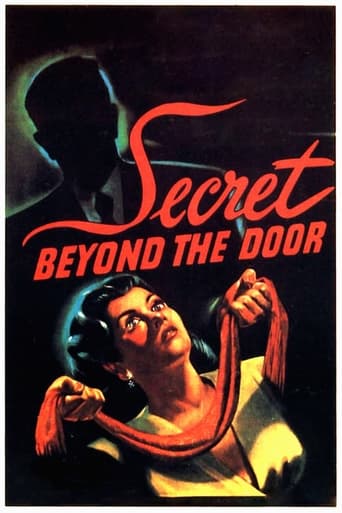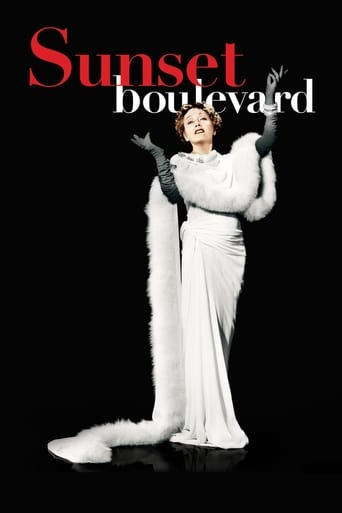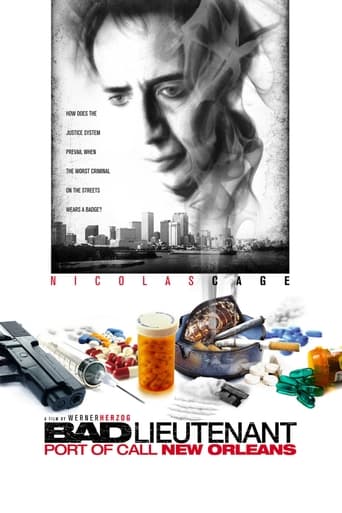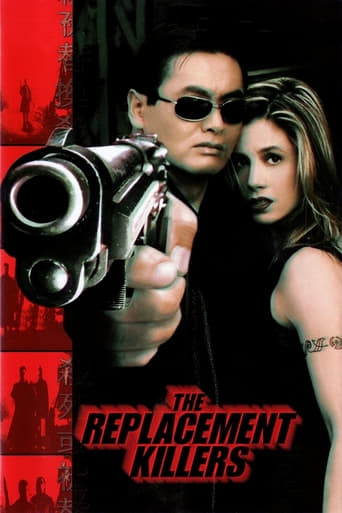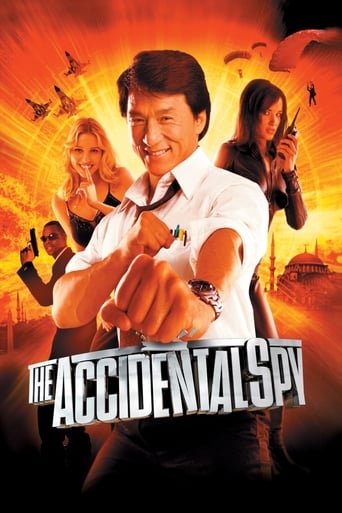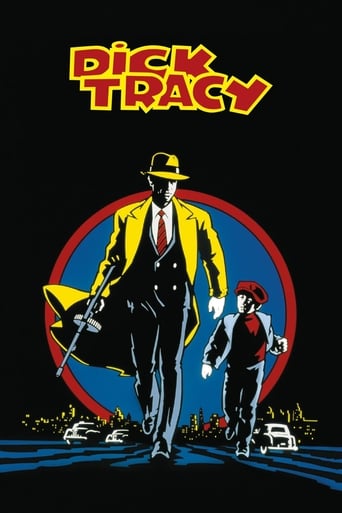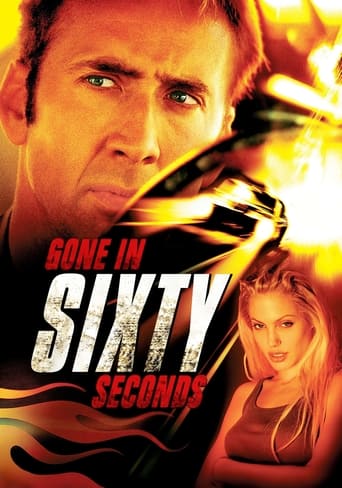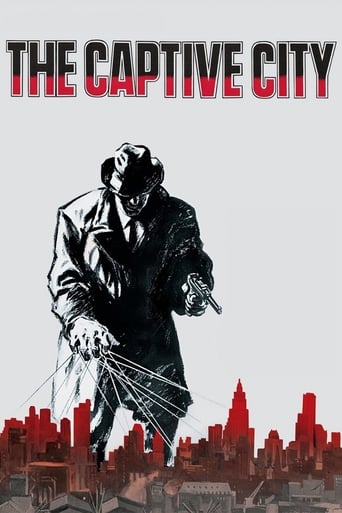
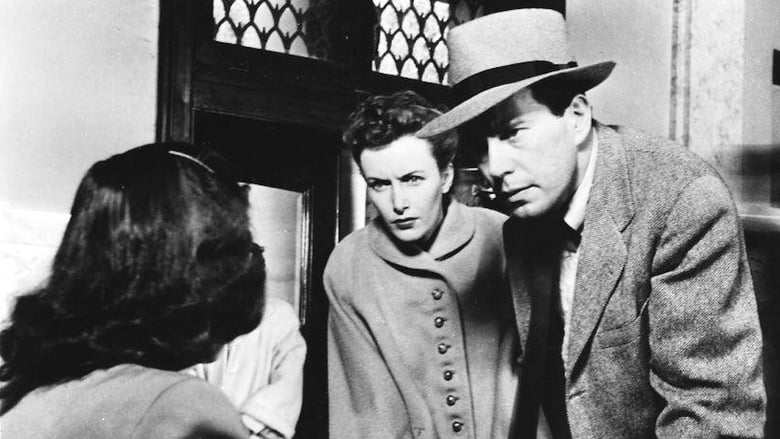
The Captive City (1952)
A small-town newspaper editor defies threats to expose the mob.
Watch Trailer
Cast


Similar titles
Reviews
To me, this movie is perfection.
At first rather annoying in its heavy emphasis on reenactments, this movie ultimately proves fascinating, simply because the complicated, highly dramatic tale it tells still almost defies belief.
Easily the biggest piece of Right wing non sense propaganda I ever saw.
All of these films share one commonality, that being a kind of emotional center that humanizes a cast of monsters.
Robert Wise directs but without much enthusiasm and Lee Garmes, the cinematographer has little opportunity to show his skill. Indeed, this little B movie, I hesitate to use the much overused 'noir' tag, is most uninspired. Prompted, apparently, by the real life Senate Committee on organised crime and even sporting an afterword by the real life head of that committee, Senator Estes Kefauver, urging American citizens to play their part in stamping out such crime in their neighbourhoods, this still lacks a bit of 'life'. John Forsythe doesn't help with a lacklustre performance as the lead and Joan Camden even less so as his wife. The thing here is that this was clearly intended as a well meaning do good kind of a film, setting out the problem and urging everyone to help solve it. To help things along at one point the wife asks her husband, 'What is the mafia?' so there's little doubt at what level this film was aimed. Competent but far too uninteresting a story and with no violence the 'real life' message is about all this has.
In 1950, Senator Estes Kefauver headed a special committee to investigate organised crime and the committee's hearings (which were televised live), soon provoked a great deal of interest. This was the first time that most members of the general public had been made aware of the nature and extent of organised crime in the United States and although the committee's findings revealed a serious threat to society, they also became a source of fascination for many people. "The Captive City" is based on the actual experiences of Time magazine crime reporter Alvin M Josephy Jr (who co-wrote the screenplay) and is one of a number of movies (such as "The Enforcer" and "The Racket") which exploited the strong interest that existed in crime syndicates in the early 1950s.Jim Austin (John Forsythe) is the editor and co-owner of the local newspaper in a small town called Kennington and is surprised when a private investigator tells him that he's inadvertently discovered the existence of a major gambling operation that's run by one of the town's most prominent citizens. More shockingly, Clyde Nelson (Hal K Dawson) adds that the police and local politicians are also involved and it's for this reason that he's recently been harassed by having his telephone tapped and his investigator's licence withdrawn. Jim finds Nelson's claims hard to believe and after receiving some assurances from Police Chief Gillette (Ray Teal), takes no further action. After Nelson is killed in what's claimed to be a hit-and-run incident, Jim becomes suspicious and starts to make his own investigations.In a series of articles which Jim writes, he criticises the local police for their lack of action in pursuing Nelson's killer and soon finds that his actions bring him into conflict with the police and business people who stop advertising in his newspaper. The newspaper's press privileges are suddenly withdrawn and an attempt is made to tap his telephone. Furthermore, it becomes apparent that he's being followed by a car with Florida licence plates that fits the description of a vehicle that was known to have followed Nelson in the days shortly before his death.Jim's investigations confirm the veracity of Nelson's claims and reveal that the level of corruption in his town is widespread with most people either being directly involved in the gambling operation or at least supportive of it. He also finds other information that makes it far too dangerous for him and his wife to remain in Kennington and so they race off to Washington with the intention of giving evidence to the Kefauver committee."The Captive City" is a low budget docu-noir and the inclusion of a narration, scenes shot on location and a solemn message delivered by Senator Kefauver are typical of such movies. Similarly, the use of a mixture of scenes that are well-lit and others which have the more orthodox noir look is also consistent with the docu-noir style. The story, which is told in flashback, emphasises how pervasive the influence of the mob is and how easily the corruption that it generates can become an acceptable part of everyday life.Jim Austin's struggle against what seem like insuperable odds is made riveting because it's fact-based but also because he's continually in mortal danger. Furthermore, Robert Wise's no-nonsense direction adds so much clarity and pace to the action that its intensity remains high throughout.
An earlier reviewer had it right. It was directed by Robert Wise, to whose later "Invasion Of The Body Snatchers," this bears a certain structural resemblance. John Forsythe and his wife driving madly along a highway pursued by an ominous black car. They frantically pull into the nearest town, rush into the police station, and beg for help from an uninterested authority. Forsythe does everything but shout, "You're NEXT!" There's a big difference though. "Invasion of the Body Snatchers" is a chipper, tense, vision of 50s paranoia. This is the story of a newspaper editor who discovers that some organization called "the mafia" is behind a lot of bookie joints in the small town of Kennington. The police are helpless. The town's church fathers are resigned. Two witnesses are murdered. Is there no hope at all? Okay, homicide is a devalued act, and nobody should gamble except on the stock market. But you can see that this story is light years from an insidious invasion by pod people. It's a weak story. At times it drags. We never get to meet any Mister Bigs, just their flunkies and goons, and even THEY aren't especially frightening.They're not frightening because they haven't been given any subtlety in their lines. Everybody says things like, "Jeez, lay off, will you?" John Forsythe and Kevin McCarthy (of "Invasion") have something in common in that they're both blandly handsome. But this is McCarthy's kind of role, not Forsythe's. McCarthy really lets us know when he's in extremis. He can act. Forsythe's is a soothing presence, perhaps a supporting player, a family friend or a concerned doctor.It would be interesting for someone who has seen neither movie to watch them in sequence. After that, they should watch "Phoenix City Story." And, if they're still awake, try something a bit recherché -- take a look at "On the Waterfront."
When newspaper editor John Forsythe and wife rush into the police station with an urgent tale told in flashback, I thought Invasion of the Body Snatchers (1956). In fact, there are a number of similarities between the two films. Here, however, the menace is not seeds from outer space but plain old organized crime. The story is told in grippingly fluent fashion by versatile director Robert Wise. I really like the way the film uses unfamiliar faces in the important supporting roles, giving the docu-drama a more authentic appearance.Actually, the movie is rather educational since it reveals the various pressure points within a community where criminal influence can make a difference. Note how newspaper policy can be manipulated by advertising revenue; how church involvement can be influenced by congregation size; how police policy can be set by civic elders instead of the law. That is the point of the movie-- to show how a community can be corrupted by exploiting these various pressure points. At the time (1951), the Kefauver Committee on Organized Crime was making national headlines, accounting for the Senator's public service epilogue.Surprisingly for a crime drama with noirish overtones, the violence and menace are mostly understated. Menace consists mainly of warnings to crusading editor Forsythe from ordinary-looking people. For me, however, the scariest part was neither the beating nor the hit-&-run, but the sudden transformation of affable used car salesman Andy (Jess Kirkpatrick). In social scenes showing the town's normality, Andy comes across as the typical friendly, outgoing salesman, but later, when the pressure's on, he slides into a startlingly sinister personality-- one of the many parallels with Body Snatchers. Filming on location in grainy black&white amounts to a real plus for an authentic feel. Forsythe and Camden are excellent in their central roles, without going over the top. There's a low-key intensity to the narrative that rivets interest, but never reaches the emotional pitch of the sci-fi classic. In my book, this is one of those polished little B- productions that Hollywood used to turn out with some regularity. Too bad that they have no counterpart in today's over f-x'ed cinema.


